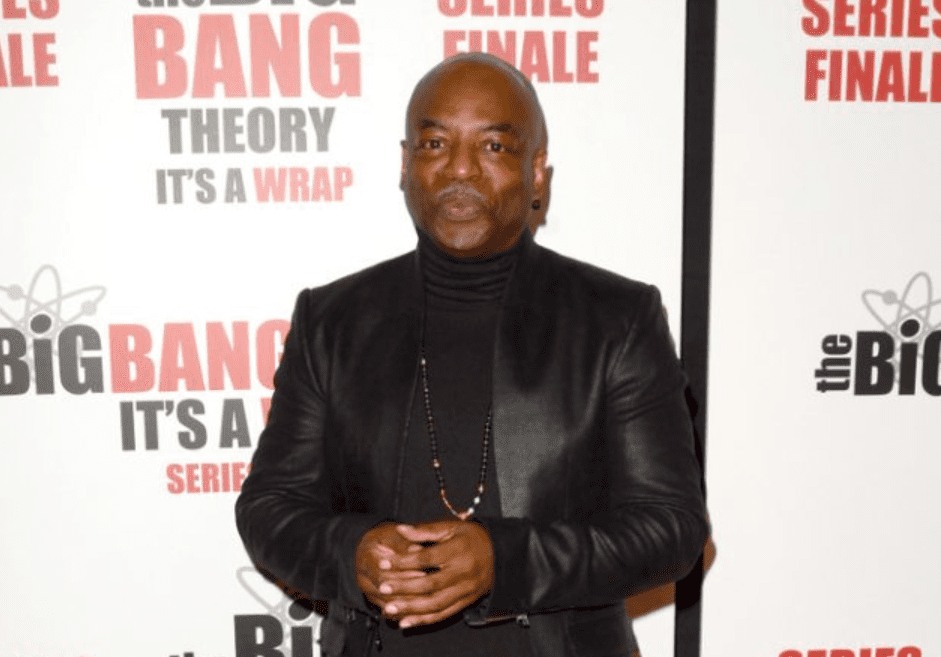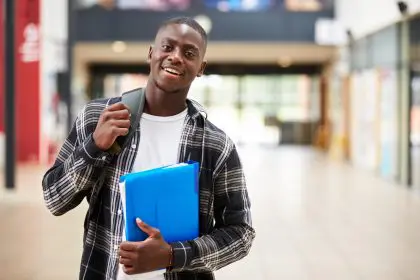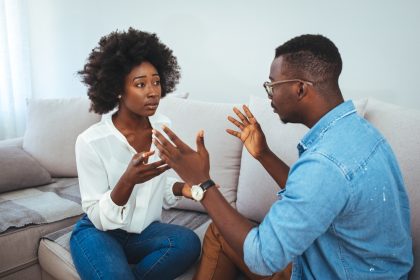
“Ain’t no telling where I may be/ May see me in D.C.” – Notorious B.I.G
This weekend I’ll make the pilgrimage to Howard University’s homecoming. Located in Washington, D.C., “The Mecca,” which National Book Award winner Ta-Nehisi Coates wrote of in Between the World and Me, is holy to its graduates and also Black America.
Peruse the shelves of the modest Moorland-Spingarn Research Center at Howard’s Founders Library and witness U.S. history. Five sitting United States presidents have spoken at Howard University, only Notre Dame at six has had more. This past May, Barack Obama delivered the commencement address. He and first lady Michelle Obama have made a half dozen less formal visits. Everyone from Muhammad Ali to Nelson Mandela has addressed its students.
Howard’s contributions to Black America are far-reaching. Five of the Divine Nine black fraternities and sororities were founded there. The legal team that dismantled segregation through Brown v. Board of Education was led by Howard law dean, Charles Hamilton Houston.
An extensive listing of Howard’s prominent alumni would be gratuitous, but here’s a representative sampling of Black firsts: United States Supreme Court Justice Thurgood Marshall; Nobel Laureate Toni Morrison; U.S. Sen. Edward Brooke; New York Mayor David Dinkins; Virginia Gov. Doug Wilder; and Tony Award winner Phylicia Rashad.
Lest one think Howard’s best days are in the past, last month’s 45th anniversary of the School of Communications, co-hosted by CBS News correspondent, alumna Michelle Mille, and her husband, Marc Morial, president and CEO of the National Urban League, was a who’s who of media. Coates is one of many prominent journalists to have attended the university. Dr. William Jelani Cobb is at the New Yorker and ESPN’s Stan Verrett recently interviewed President Barack Obama. In politics, Kamala Harris is expected to win a California senate seat and Atlanta’s Kasim Reed is among a group of big-city mayors. Today’s biggest stars are Bison: Academy Award-nominated actress Taraji P. Henson; entertainer Nick Cannon, who’s currently a student; and Forbes’ richest hip-hop artist Sean Combs, who delivered the 2014 commencement address.
Howard is not without its troubles, which The New York Times reported in detail in 2013 after Renee Higginbotham-Brooks, a Texas lawyer and vice chairman of Howard’s board, wrote a letter warning of impending doom two decades in the making.
In the spring of 1989, I participated in a student protest which shut down Howard University for five days. Our lead spokesman was current Newark, New Jersey, mayor, Ras Baraka, son of legendary poet and Howard alum, Amiri Baraka. The protest resulted in the trustee resignation of then Republican National Committee chairman, Lee Atwater and the unceremonious departure of the university’s president Dr. James E. Cheek, who had been awarded the nation’s highest civilian honor, the Presidential Medal of Freedom. When he died in 2010, The New York Times summed up his tenure this way:
“Under his 20 years of leadership, the university increased its student body to 12,000 from 9,500; expanded the number of schools and colleges to 18 from 11; quadrupled the number of faculty members to almost 2,000; and increased its operating budget tenfold, to more than $400 million annually.”
Following Cheek’s resignation, the university had a series of mediocre presidents, the worst of which was Sidney A. Ribeau. During his five-year tenure, the university, a top feeder school for black students who enroll in the nation’s highest ranking graduate and professional programs, fell 44 spots on U.S. News & World Report’s college rankings. Howard also saw its credit rating downgraded and the faculty senate pass a no-confidence vote.
While some of Howard’s problems were of its own making, others had racial underpinnings. In 1928, Congress authorized an annual appropriation for Howard to establish “the great colored educational center for America.” It remains the only HBCU with such an appropriation — about $200 million a year. This figure was $29 million when Cheek became president but rose dramatically as a result of his political acumen. Hence his reasoning for wanting Atwater, a powerful Republican, on the board. In the current political climate, Howard has endured $12 million in sequester cuts. This is a lot of money for a school in which 60 percent of its students qualify for federal Pell Grants. It’s impossible to make this money up through alumni giving, which at Howard is embarrassingly low. Alumni giving is up to 9 percent from 6.4. Howard, a leader in producing Black PhDs, has alumni strapped with student loan debt. A 2013 Urban Institute study found that 42 percent of African Americans ages 25 to 55 carried student loan debt while only 28 percent of Whites did.
Howard has been at the epicenter of Washington, D.C.’s real estate boom allowing the real estate they own to double as parking lots. The school had ambitious plans for a “Howard Town Center,” that has yet to develop thanks to a lawsuit with the developer. Meanwhile 2 miles away, George Washington University is collecting massive rents from its investments. In 2013 GW had nearly $78 million (or more than three times their endowment contributions) in real estate revenue, The school is a major player in the real estate market, reported its investments appreciated $20 million in 2013. The school has tripled its real estate investments over the past decade, growing to $813 million last year.
Finally, Howard looks to have another dynamic leader, 46-year-old, Wayne A. I. Frederick. Frederick, a native of Port of Spain, Trinidad and Tobago, enrolled at Howard as a 16-year-old earning his bachelor’s and medical degrees at 22. After years as a cancer surgeon, professor and administrator, he returned to Howard. In 2006, he served his first stint as Howard University’s interim president, provost and chief academic officer, associate dean in the College of Medicine, division chief in the Department of Surgery, director of the Cancer Center, and deputy provost for Health Sciences. He also earned a Master of Business Administration.
After Ribeau’s departure, Frederick was again appointed interim president. His first bold move was inviting Combs, who recently made a $1 million donation, to deliver the commencement address. (The 2015 commencement speaker was Ursula M. Burns, chairman and chief executive officer of Xerox Corporation).
Over the last year, Howard signed a $22 million, 99-year ground lease to allow one of its dorms to be converted to luxury rentals; moved up 11 spots in the rankings; and saw the hospital turned a $4.3 million profit after major losses of $58 and $19 million in 2014 and 2015, respectively. Frederick is readying the hospital and WHUT, the only Black-owned public station in the country, for sale. The university also announced a multi-million dollar gift to its School of Communications from Alfred C. Liggins III, president and CEO of Radio One, Inc. that establishes that the School will be named in honor of Cathy Hughes, Radio One founder and Chairperson, and former Howard University staff member.
Ironically, on the eve of homecoming, there is one area in which Howard alumni expect little improvement — the sports program. Howard’s football record stands a 1-6, but the game is not what homecoming is about. There is, of course, the “production,” which decides on a theme and oversees the events like the annual homecoming fashion show for which Venus and Serena Williams have modeled. There are also the epic parties.
The music is what’s up. Of course, there is the marching band, but Howard has a rich music tradition that includes Roberta Flack, Donny Hathaway, Richard Smallwood, and the 1970s jazz-funk fusion group The Blackbyrds, whose work is heavily sampled in hip-hop. But hip-hop would prove much bigger, louder than the others morphing into what is now known as Yardfest, an all-day free concert held on Howard’s campus during homecoming that gives upstarts and established performers stage time in front of thousands of students with networks across the globe. Everyone from Notorious B.I.G. to Ludacris has thrown down lyrics like “Then jump in the car and just ride for hours/ Makin’ sure I don’t miss the homecoming at Howard/ Hawaii to D.C. it’s plenty women to see.”
I go back to Howard for these reasons, but also something else. I don’t embody any of the things that typically make Howard noteworthy. I was not one of the beautiful people. I didn’t pledge or join a single club. I wasn’t one of the rich kids — in fact, I worked two jobs throughout my time there. Having not grown up in Jack & Jill or had the stamina to attend most parties, I certainly was not cool or popular. Nor was I a particularly good student. I didn’t distinguish myself in any way. In spite of all this, from the moment I arrived, I felt I belonged. That is the thing about Howard. Whether you were a wallflower like me or one of the outliers — the affected New Yorker who wore a blazer and ascot to the cafeteria or the formerly incarcerated drug dealer who paid for college with the proceeds he hid in his sister’s dolls — you could find your place, indeed your soul, at Howard. In a world in which we are not sure how much Black lives matter, it is comforting to return to a place where they most assuredly do.















